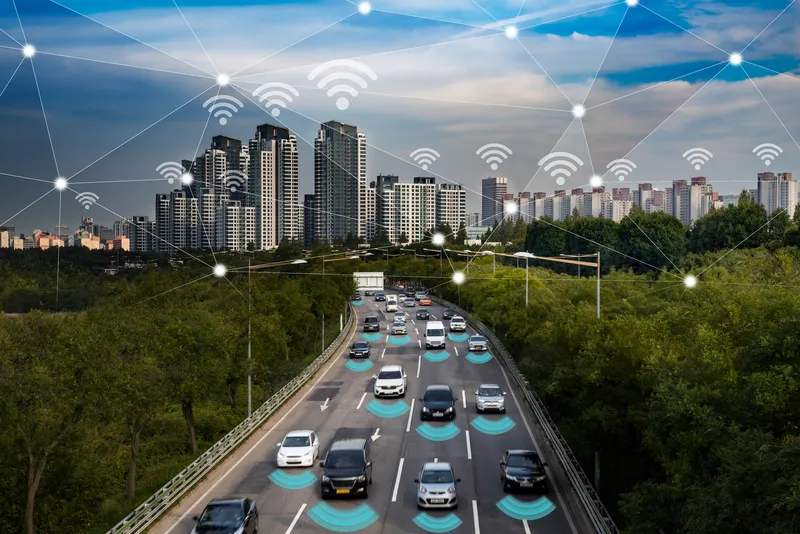
Valerann has joined the NVIDIA Metropolis programme, which seeks to bring to market new vision AI applications.
The company says this will accelerate global adoption of its traffic management systems, including its flagship software solution Lanternn by Valerann.
NVIDIA Metropolis is an application framework that simplifies the development, deployment and scale of AI-enabled video analytics applications from edge to cloud.
Valerann says Lanternn "leverages superior capabilities of NVIDIA GPUs for cost-efficient processing of complex and compute-intensive workloads, such as real-time video analytics processing and road incidents detection". These include wrong-way driving, accidents, stopped vehicles and static objects detection.
“By using our solution, Valerann customers have full visibility on the road situation, have accurate prioritisation of events and are able to reduce time required to attend to incidents, thus increasing safety of roads under their management,” says Ran Katzir, CTO of Valerann.
The idea of NVIDIA Metropolis is to make it easier and more cost effective for enterprises, governments, and integration partners to use AI-enabled solutions to improve operational efficiency and safety problems.
Members can gain early access to NVIDIA platform updates and the programme offers the opportunity for members to collaborate with industry experts and other AI-driven organisations.










